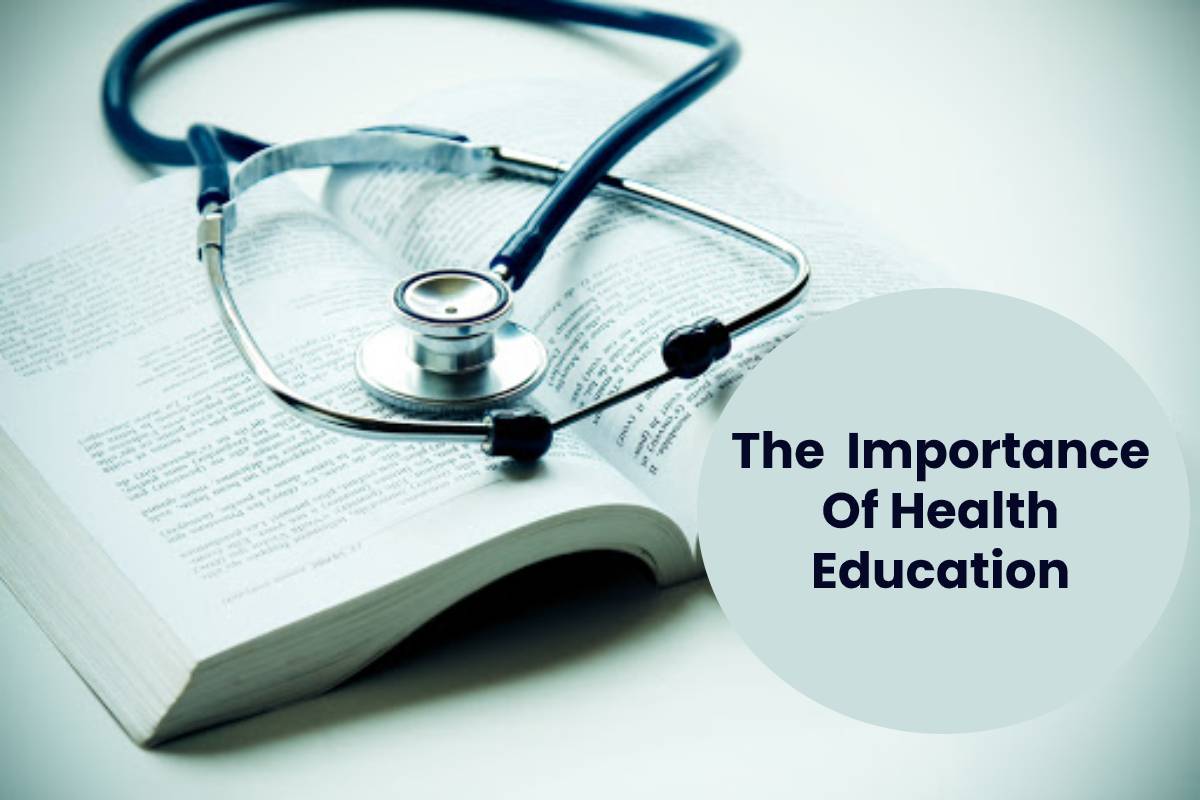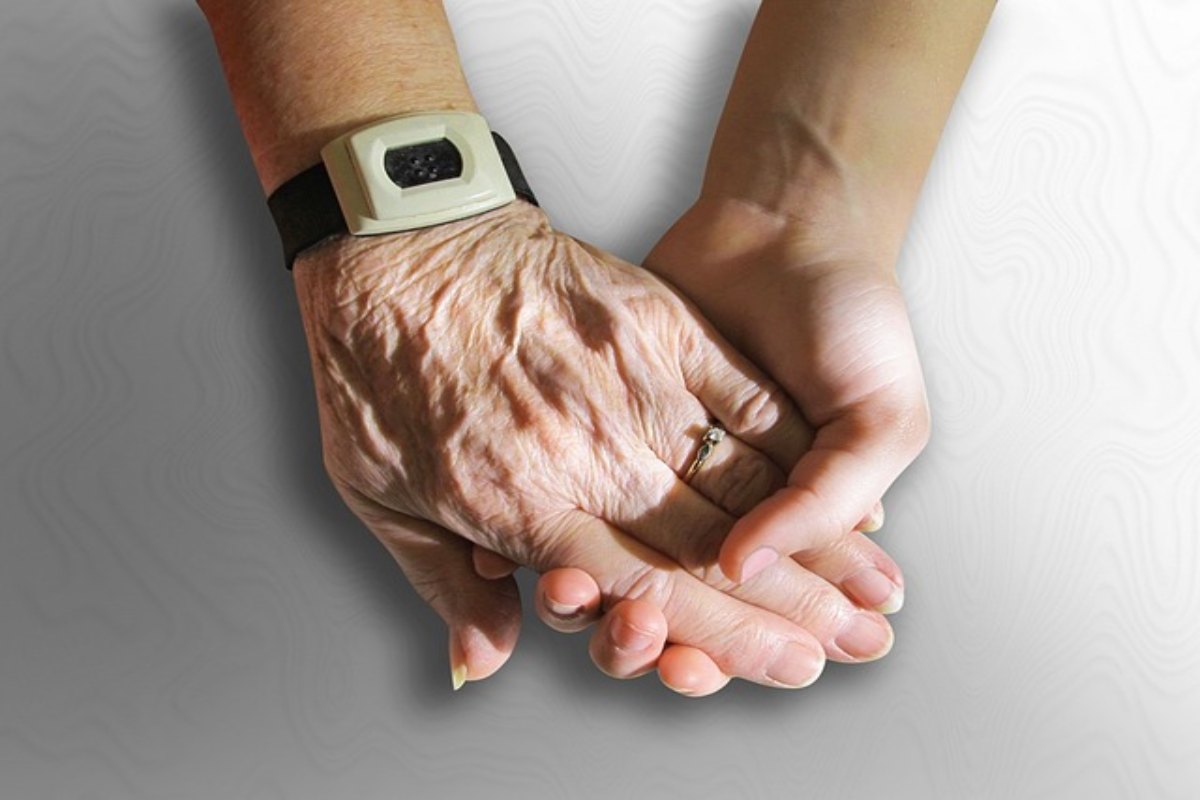Health education should not only focus on young people but should help raise awareness among the entire population.
Health education (EpS) is a fundamental pillar for any current country and society.
It is a process that seeks for the population to acquire a series of knowledge and skills that allow them to make decisions regarding their health.
Although many people think that the concept of health is only the absence of disease, and the truth is that it encompasses many more aspects. We must understand health as a state of personal and social well-being.
Also, it is essential to keep in mind that, to achieve good health, you must promote the responsibility of each person. Not only so that you adopt healthy habits with yourself, but also because it influences others.
In this article, we explain the importance of health education, in addition to mentioning some typical measures and proposals of this process.
How is Health Education Defined?
In recent years, health education has been gaining strength and is considered one of the fundamental processes in education and society. According to the World Health Organization, health education defined as.
Informative events scheduled to increase people’s consciousness about healthiness and develop individual values, methods, and abilities that support health.
According to other authors, it is a process by which people learn to behave in a way that favors the promotion, maintenance, or restoration of health. In other words, healthy attitudes and habits incorporated.
Furthermore, this process goes further. It seeks that each person develops a critical capacity to make decisions regarding this issue, which allows them to take care of their health and that of others.
Health education also helps to analyze all the factors that influence the health of a population—for example, examining environmental, social, or economic causes that cause disease or health problems.
How Is Health Education Carried Out?

Like any other educational process, health education carried out through different methods. First, there are direct or bidirectional methods. They are those in which the role of educator and listener established.
To carry out direct methods, there needs to be a certain closeness between the person who educates and the rest. It would be, for example, a class where the teacher transmits the knowledge or a group discussion.
Within these methods, we also find talks on health content and dialogue. An example of dialogue when the doctor, in a consultation, makes a series of recommendations directed at the patient.
On the other hand, there are indirect methods, also called unidirectionally. The basis of these is that a person emits a message that can reach a greater number of people through media such as television.
Among the indirect methods are audiovisual and sound media. For example, health education done through brochures, posters, or newspapers. Also, through radio or cinema.
The Importance Of The Internet
We must emphasize that, at present, the Internet is one of the fundamental aspects of health education. It is the largest source of information that exists. The problem is that this information may not be the most adequate or trustworthy.
Therefore, you have to know how to use this tool, looking for reliable and educational sources. There are more and more applications and programs that aim to promote, in some way, health and healthy habits.
Finally, health education is not a process that focuses only on young people but seeks the entire population collaboration. It is never too late to start to become aware and take responsibility for our health.



